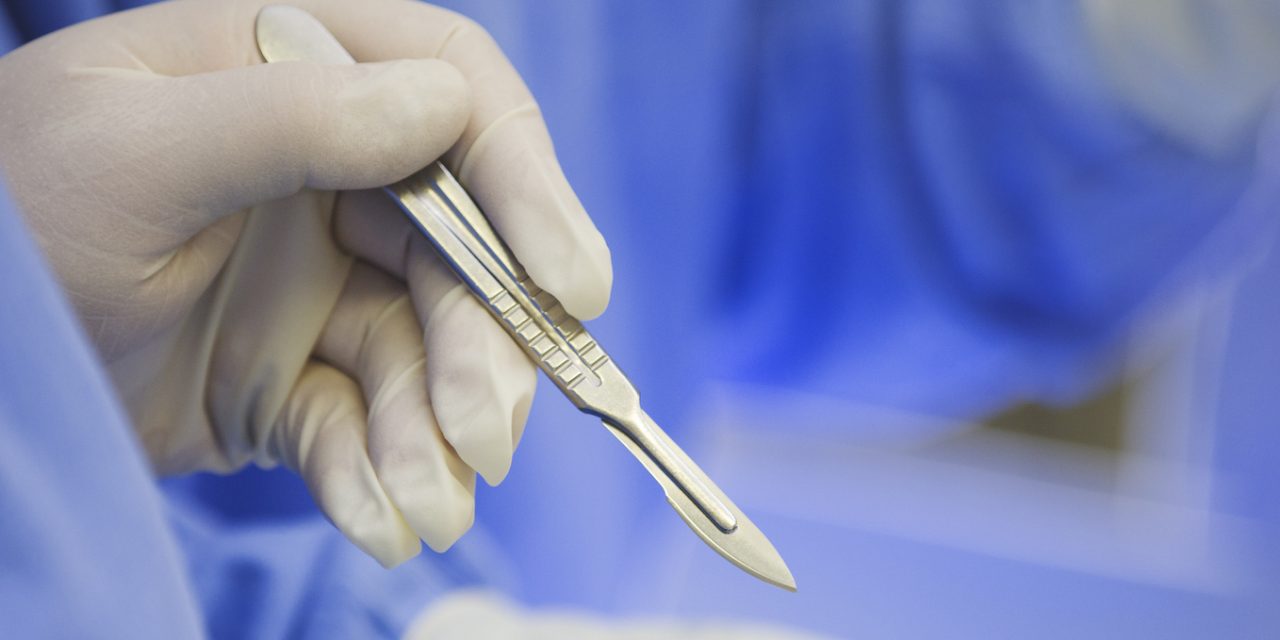Post-inflammatory hyperpigmentation (PIH) is a reactive hypermelanosis of various skin types, which occurs as a sequela of cutaneous inflammation or injury. Despite generally a self-limited and temporary condition, PIH is still a frustrating problem that can have significant psychosocial effects on patients, especially those with darker skin types. Laser therapy is one of the effective treatments for PIH, and various wavelength lasers and light devices have been utilized in PIH therapy. Nonetheless, data on the long-term efficacy of the 755-nm alexandrite picosecond laser are limited.
This study analyzed two cases of PIH treated with a combination of a 755-nm alexandrite picosecond laser and a diffractive lens array or zoom handpiece. Efficacy of the treatment was determined by the images of skin lesions under a fixed light source before and after each treatment, which were independently reviewed by two plastic-surgery specialists blinded to the clinical data. Improvement was classified as complete (>75%), significant (50-75%), mild (25-50%), and inefficient (<25% or no obvious change). Skin imaging analysis was carried out using the VISIA system (Canfield, USA), and dermoscopy was performed at the same time.
After two to three courses of treatment, all cases showed significant or complete improvement, and no recurrence was observed during the three years of follow-up.
A 755-nm alexandrite picosecond laser in combination with a diffractive lens array or zoom handpiece had significant and long-term efficacy for the treatment of PIH caused by trauma. However, attention should be paid to the problem of transient deepening of pigmentation during treatment.
© 2021 Ren et al.
755-nm Alexandrite Picosecond Laser with a Diffractive Lens Array or Zoom Handpiece for Post-Inflammatory Hyperpigmentation: Two Case Reports with a Three-Year Follow-Up.


